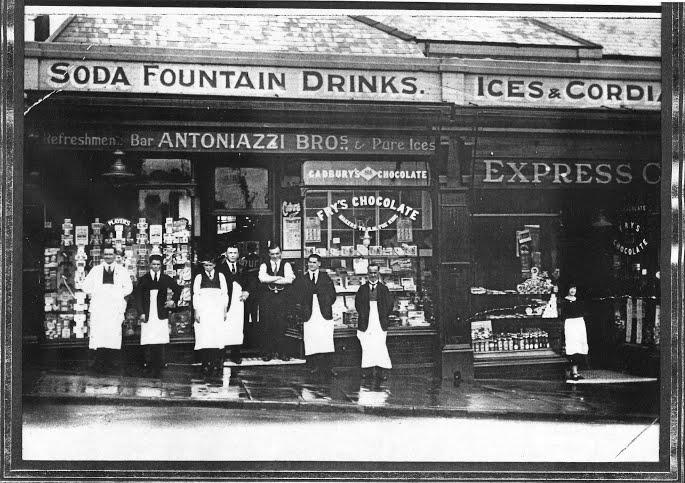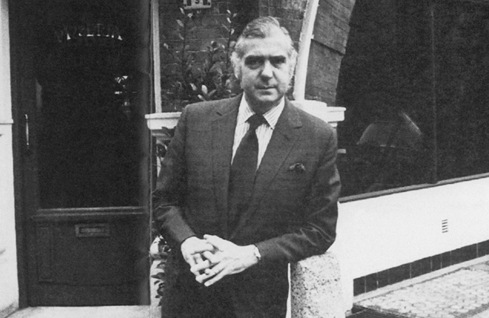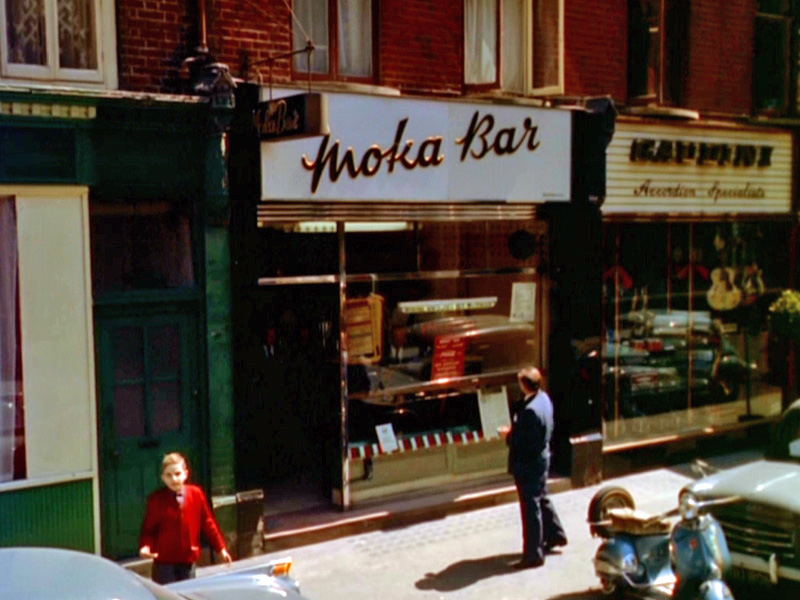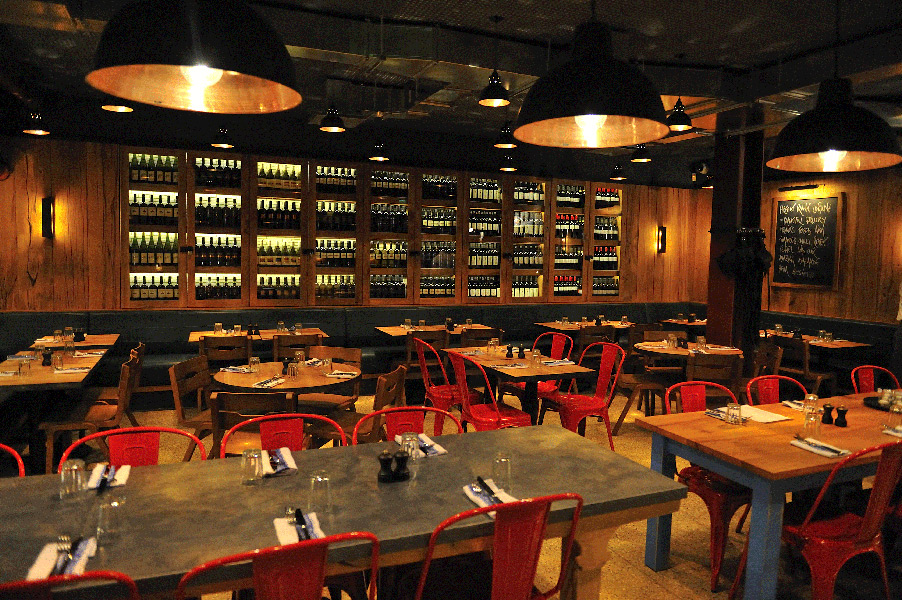It’s hard to imagine what British food would be like without the influence of Italians. Pasta, pizza, ice cream, cappuccino: these have become staples of our national cuisine, part of our culture. Indeed, TV chef Jamie Oliver, though born in Essex, has a whole chain of restaurants themed around Italian food: Jamie’s Italian, which has 36 branches around the UK, while other Italian-themed chains such as Zizzi are thriving.
When did the Italian migration start?
Where did it all start? Well, it could be argued that the first Italian migrants to our shores were the Romans, who rocked up when Julius Caesar made an exploratory visit in 55BC. Over the centuries, Italians left their stamp on many parts of the UK: Lombard Street in the City of London, for instance, is named after notable Italian migrants from Lombardy who became well established in banking and finance in the Middle Ages.
But it wasn’t until the late 19th and early 20th centuries that Italians began to arrive in substantial numbers. Prior to the First World War, Britain operated what was in effect an “open door” to immigrants, and Italians, escaping poverty in their home country, sought a better life elsewhere. Many ended up working as waiters and kitchen staff in hotels and restaurants in London.
Thousands also settled in Bedford, working in the local brickworks. But some also headed for Scotland and south Wales, where, as well as working in traditional industries such as coal mining and shipbuilding, they also brought with them their culinary skills and set up ice cream parlours, cafés, fish and chip shops and other eateries.

Italian cafes and ice cream parlours
In the mining communities of South Wales, where the temperance movement was hugely influential, Italian-owned cafés and ice cream parlours became popular from around the turn of the 20th century. They became known locally as “Bracchis”, named after the founding family of one popular chain. These establishments offered proper coffee, home-made ice cream, cakes and other treats. (The founding brothers of the Berni Inn restaurant chain also set up their first business in south Wales.) These were a treat not just for the palate, but also offered refined surroundings: elegant, comfortable tables and chairs, smartly dressed staff, fancy decor – a retreat from the industrial grime of the outside world.
Italians and the catering trade
Meanwhile in Scotland, thousands of Italians made their way to cities such as Glasgow, where, again, many of them set up business in the catering trade. Many of Scotland’s fish and chip shops are still owned by families of Italian descent; indeed, some historians argue that it was Italians who popularised the “fish supper” – fish and chips - in Scotland.
Scotland has also given rise to the deep-fried pizza, which is often seen in Scottish chippies. Many Italian food-lovers and pizza purists would see this as an abomination. But, until fairly recently, authentic Italian pizza was little known beyond Italy, although in 1861 the San Francisco Bulletin published a brief descriptive article about the pizzas of Naples, which the reporter described as a kind of “cake”, cooked for five minutes in a hot oven and served “between sunset and two or three in the morning”.
The ingredients for these pizzas were simple; mozzarella, tomato and herbs – the addition of meats, olives and exotic toppings such as pineapple came much later, when the pizza spread across America as a fast food.
The first pizzas appearing in Britain
The pizza appeared in Britain when restaurateur Peter Boizot launched his first Pizza Express restaurant in London’s Soho in 1965 after an inspirational trip to Italy. To begin with, Boizot served the pizza in the authentic Italian style, cutting squares from a long strip of pizza – but he was soon persuaded that it would be better to serve individually cooked circular pizzas on round plates.

These were served by cheerful staff in relaxed, informal surroundings, with the cooks spinning the pizza dough in full sight of the customers; a bit of theatre for the diners. The Pizza Express chain spread across Soho and London (with jazz being added to the menu in the Dean Street branch), eventually becoming today’s nationwide high-street chain. Over the years, the chain has consistently argued that its pizzas have not got any smaller since the 1960s – claiming instead that its customers’ appetites have grown. (Pizza Express actually added an inch or so to the dimensions of its pizzas in 2002.)
Italian restaurants
Italian restaurants serving classic meat and pasta-based dishes and desserts such as tiramisu also became popular from the 1960s onwards, leading to the growth of pasta as a staple part of our diet. There was a time when virtually every meal served on a British table would have featured potatoes. Now, pasta is perhaps even more widely seen, while once-exotic sauces such as pesto – a speciality of the Liguria region in northern Italy – have become widespread.
Soho was a focal point for many Italian migrants to the UK. Italian refugees displaced by the Napoleonic Wars began to arrive in London in the 1800s, chiefly in Clerkenwell but also in nearby Soho. From the 1930s onwards, Italian migrants set up cafés, restaurants and delicatessens in the bohemian melting pot of Soho.
And from the 1950s Soho’s Italian cafés launched the coffee bar scene – youngsters would congregate in these cafés, with their gleaming, steaming Gaggia coffee machines, listening to rock and roll and skiffle. Among the first of these was the Moka Bar on Frith Street, which served espresso and “frothy coffee” in cool, stylish surroundings: a Formica-covered bar, metal stools, bright lights. Many of these coffee bars hosted live music, launching the careers of singers such as Tommy Steele and Cliff Richard.

The Italian contribution to British cuisine
Italians, then, have contributed much to the British way of eating and drinking. And, as well as the actual foods they have introduced, Italians have helped to democratise eating out in the UK. Italian restaurants have long been associated with informality, offering an alternative to the starchy, snobby, buttoned-up atmosphere that once prevailed in many British restaurants. In the early days of Italian restaurants, romantic music, candles set in straw Chianti bottles and friendly waiters created a relaxed, intimate ambience, helping to pave the way for the restaurant revolution that’s taken place in the UK in recent decades.
Italian themed restaurants
And these days, the UK’s Italian-themed restaurants such as Prezzo, Zizzi and Jamie’s Italian, and even the more upmarket Carluccio’s, have cast off the fussy interiors of their forebears in favour of a more informal, “natural” look: no tablecloths, simple, elegant restaurant furniture (in the case of Carluccio’s, solid wood tabletops are widely used), bare floors, sometimes open kitchens (though this trend began with Pizza Express back in the 1960s).

Purists might complain that the food in some of these restaurants in not properly “authentic” Italian, but anyone with memories of British food in the 1950s, ’60s and ’70s (spaghetti from a tin, anyone?) will simply be grateful for the Italian influence on our national cuisine. Buon appetito!